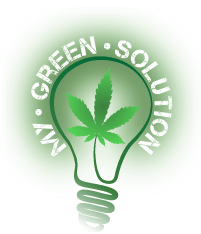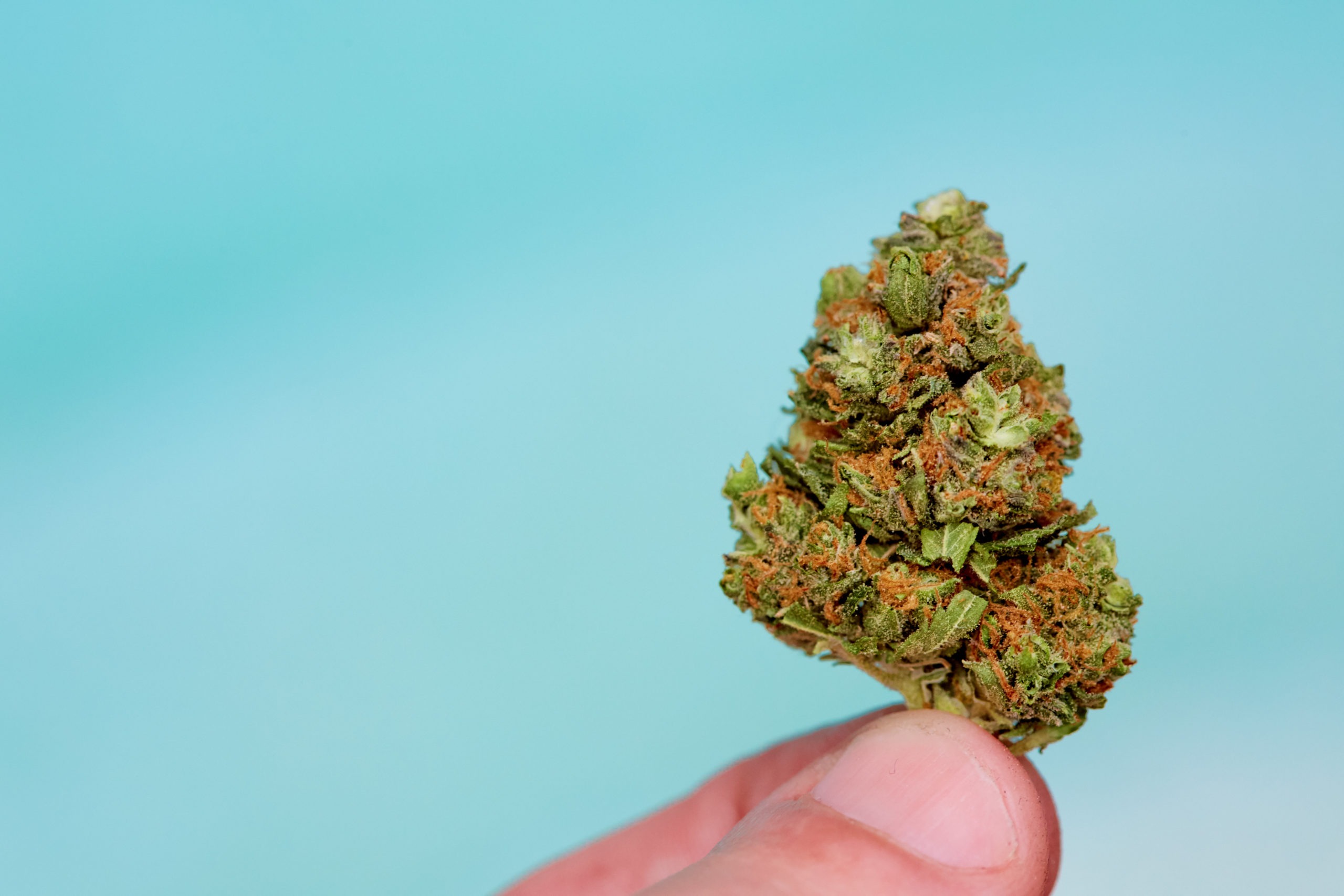When you begin shopping online dispensaries Canada residents are typically seeking out the most popular cannabinoids. You know, like THC, and CBD. But did you know the cannabis plant produces nearly 144 known cannabinoids? Each with its own individual effects, and found in top-shelf bud from any weed dispensary. So, to improve your cannabis routines – what do you need to know about these minor cannabinoids? Keep reading for your ultimate guide on lesser-known cannabinoids, like THCa, CBC vs CBD, and more.
What is a cannabinoid?
You might just think about weed in a way that you know it gets you high. Or, whatever is most available at the weed dispensary. But, the cannabis plant is much more complex than that. And even after years of legalization, we’re still learning more and more about the exciting effects and medical benefits it can provide. In cannabis, the most well-known cannabinoids most consumers know about THC and CBD. These are also the most highly researched cannabinoids too. THC meaning Tetrahydrocannabinol, or the psychoactive cannabinoid found in high contents in cannabis marijuana plants. CBD being Cannabidiol, the non-psychoactive cannabinoid found in high contents in cannabis hemp plants.
But inside each bud is more than just CBD and THC. Like we’ve mentioned, there are now around 144 cannabinoids experts have discovered each being individually researched for their own unique effects. From what we do know already, these cannabinoids produce these effects by interacting with our body’s endocannabinoid system AKA, the ECS. The ECS is also fairly unknown when it comes to physiological systems. Maybe because it wasn’t discovered until cannabis research increased in the late 80’s and 90’s.
What we discovered quickly about the ECS, is the system is influential on all other body systems. As it’s a network of receptors that’s responsible for maintaining ‘homeostasis’. Which is the terminology of feeling well, or achieving overall wellness. Some scientists even referring to the endocannabinoid system as the ‘Universal Regulator’. That means, the ECS – and subsequently, the cannabinoids we consume that interact with the ECS have the power to influence the following functions, systems, and body processes –
- The nervous system
- Urinary, and reproductive tracts
- Stress and mood
- Digestive system
- Metabolism and appetite
- Bone & skin health
- Fertility
- Sleep
- And more
Cannabinoids like THC, CBD, and the minor ones we’ll be discussing further bind to, attach to and influence the two most primary receptors found in the ECS – CB1 and CB2. Of course, all in their own individual ways. But, now you might better understand how consuming cannabis can be so influential for a wide range of conditions and systems. So, next let’s learn more about the minor cannabinoids that are now proving their individual effects in comparison to the more popular CBD and THC.
Minor cannabinoids to know
A recent Canadian study proved that six minor cannabinoids have major potential for producing therapeutic effects like THC and CBD. Those being tetrahydrocannabinolic acid (THCA), tetrahydrocannabivarin (THCV), cannabidiolic acid (CBDA), cannabidivarin (CBDV), cannabigerol (CBG), and cannabichromene (CBC). With the rise of full-spectrum CBD oil, improved cultivation and increased research – we’re learning that these minor cannabinoids could be influential and beneficial for many medical conditions and consumer desires.
So, let’s learn more about the up-and-coming cannabinoids you need to know .
THCa
When browsing online dispensaries Canada residents have probably come across THC a diamonds or THCa goods. The minor cannabinoid is having a major moment amongst consumers for its unique consistency and potentially beneficial effects. THCa stands for the acidic form of THC, also known as tetrahydrocannabinolic acid. As cannabis flower dries, and cures, THCa actually transforms into THC. Another thing that can transform THCa into THC is heat. Meaning that when you spark a bowl, or add fire to concentrates – the THCa turns into THC. Also meaning, the more THCa a product contains…the higher you’ll get.
This process is also widely known as decarboxylation, which is a common technique for activating cannabis flower and THC for edibles. When heat is applied, carbon atoms are removed from the carbon chain, therefore, turning into THC. That also means – without heat, THCa is non-intoxicating or non-psychoactive like its counterpart THC. But still, THCa and THC a diamonds have their own individual effects. Including –
- Anti-inflammatory
- Antioxidant
- Neuroprotectant
- Anti-nausea
The recent study we already mentioned on minor cannabinoids also revealed that THCa in addition to THCv and THC, was successful at reducing pain in mice as well. In addition, THCa and the next cannabinoid we’re about to discuss THCv showed signs of reducing anxiety symptoms, as well.
Strains with THCa – A northern California strain, Banana OG is known to have highly potent levels of THCa. You can also browse any strain that’s been crossed with Banana OG genetics, for similar counts of the cannabinoid.
THCv
THCv is similar to THCa in the fact that it has an extra letter in its acronym. However, it’s far different when it comes to chemical structure and effects. THCv, unlike THCa, does produce psychoactive effects as normal THC does. The only difference being THCv produces more of an energetic type of euphoria. Which explains why the minor cannabinoid is found in abundance in sativa strains. As you know, sativas are notorious for motivation, and energy and often preferred for daytime use because of it. Here are just a few other effects that THCv is found to produce –
- Suppresses the appetite
- May be able to regulate blood sugar levels for diabetes
- May reduce anxiety and panic attacks
- May stimulate bone growth
- Can benefit common Alzheimer symptoms like tremors, motor control, and brain lesions
Strains with THCv – THCv is most common on pure landrace sativas, or hybrids that have been crossed with such. This includes strains like Durban Poison, Cherry Pie, Red Congolese or Skunk #1.
CBDa
CBDa just like THCa is the acidic form of the more major cannabinoid. This means it’s also activated by heat and converts to CBD when applied. When consumed on its own CBDa interacts with our body’s endocannabinoid system differently than other compounds. Instead of influencing the two primary receptors we mentioned, CB1 and CB2 CBDa inhibits the cyclooxygenase-2 (COX-2) enzyme. These enzymes are influential with inflammations that occur after infections or injuries. Meaning, if CBDa blocks COX-2 enzymes, that it could be helpful for relieving inflammation and pain. Other CBDa effects being researched more include –
- CBDa may affect levels of serotonin, AKA, the ‘happy chemical’.
- Anti-inflammatory
- Anticonvulsive
- May reduce depression
- May reduce nausea
Strains with CBDa – Hemp strains are more apt to contain higher levels of CBDa. Including some of the most popular hemp genetics like Charlotte’s Web, ACDC, Ringo’s Gift, Sour Tsunami, and Harlequin.
CBDv
CBDv is technically known as cannabidivarin and is non-psychoactive in effects just like CBD. It’s found predominantly in indica strains, and especially those with lower levels of THC. Much less is known about CBDv but its benefits for seizures are making waves across the medical industry. In fact, the cannabinoid is even in the process of becoming FDA-approved to treat seizures similar to CBD. Outside of being anticonvulsant, CBDv may have the potential effects –
- May improve neurobehavioral issues associated with Rett syndrome
- May improve memory and neurological defects
- May affect chronic inflammation, especially associated with muscular dystrophy
- Anti-nausea
Strains with CBDv – CBDv is found in higher concentrations from indicas originally sourced from Africa. Those include Medical Mass, Euphoria, and others.
CBG
CBG is often coined as the ‘next best thing’ since CBD and could have just as many medical effects and benefits. Although the cannabinoid is found in lesser quantities in hemp and cannabis plants than CBD making it that much rarer to find. CBG can bind to both the CB1 and CB2 receptors in the ECS and is also known for strengthening the function of anandamide. Anandamide is a neurotransmitter that “plays a role in enhancing pleasure and motivation, regulating appetite and sleep, and alleviating pain.” With these crucial mechanisms, CBG is being researched for the following beneficial effects –
- May improve Irritable Bowel Disease (IBD)
- May improve Glaucoma symptoms
- Neuroprotectant
- Anti-bacterial
- May fight cancer cells
Strains with CBG – CBG can be found in more recognizable strains than other minor cannabinoids. Including the infamous White Widow, Jack Frost, and Sour G.
CBC
Not to be confused with the news channel, CBC is short for cannabichromene. A cannabinoid that activates the CB2 receptor within the endocannabinoid system for most of its effects. Along with influencing other receptors like the vanilloid receptor 1 (TRPV1) and transient receptor potential ankyrin 1 (TRPA1). Both of these are associated with pain reception, which may be how CBC can promote pain-relieving effects. When looking at CBC vs CBD, both are non-psychoactive in effects and share some similar effects. So far, experts indicate that CBC has the following potential benefits –
- May inhibit both inflammation and tumor growth found in cancer.
- May block pain and reduce inflammation.
- May improve neurological diseases and brain pathologies.
- May have antidepressant traits
- May reduce acne
Strains with CBC – There are a variety of strains that have higher than normal levels of CBC. Including Maui Dream, Bubba Cookies, Sour Tsunami, and others commonly found at the weed dispensary.
Where to find minor cannabinoids
Beyond the strains we’ve listed above, there’s a wide range of cannabis products that’ll treat you to the full spectrum of whole-plant cannabinoids. Many of which are sold on online dispensaries Canada residents have the pleasure of conveniently purchasing from. Any ‘full-spectrum’ or ‘whole-plant’ derived product can contain cannabinoid-rich profiles, that contain THCa, CBD, CBC, CBG, etc. This includes products like –
- Cannabis flower
- Cannabis concentrates
- CBD oils or tinctures
- Cannabis vape carts
- Cannabis edibles
Some weed dispensary brands will list the cannabinoid counts on the labeling of the product, for you to be more aware. And with the new information we’ve gained on minor cannabinoids effects, it’s likely their presence will be advertised more by companies sold in the weed dispensary. Online, or in-person.
A solution for cannabis selection
At My Green Solution, we’re always seeking out the best possible selection for the widest variety of medical marijuana effects for our weed dispensary. Including a variety of cannabinoids that can be found in a plethora of the products, we keep in stock. Our weed dispensary and team has a deep passion for cannabis benefits and seeks out the best products to offer those who feel the same. So start browsing our full collection today or register for an account to be included on the latest product drops and sales.


